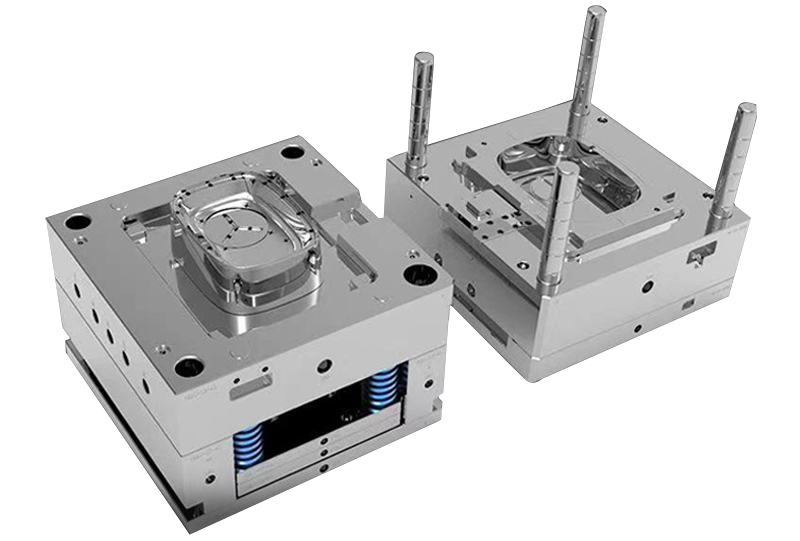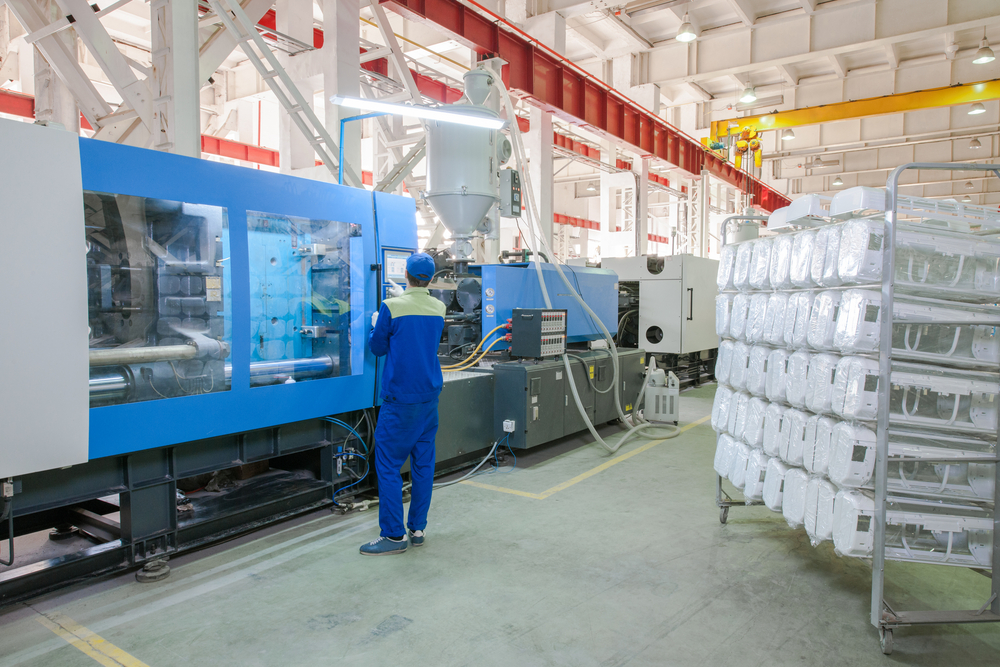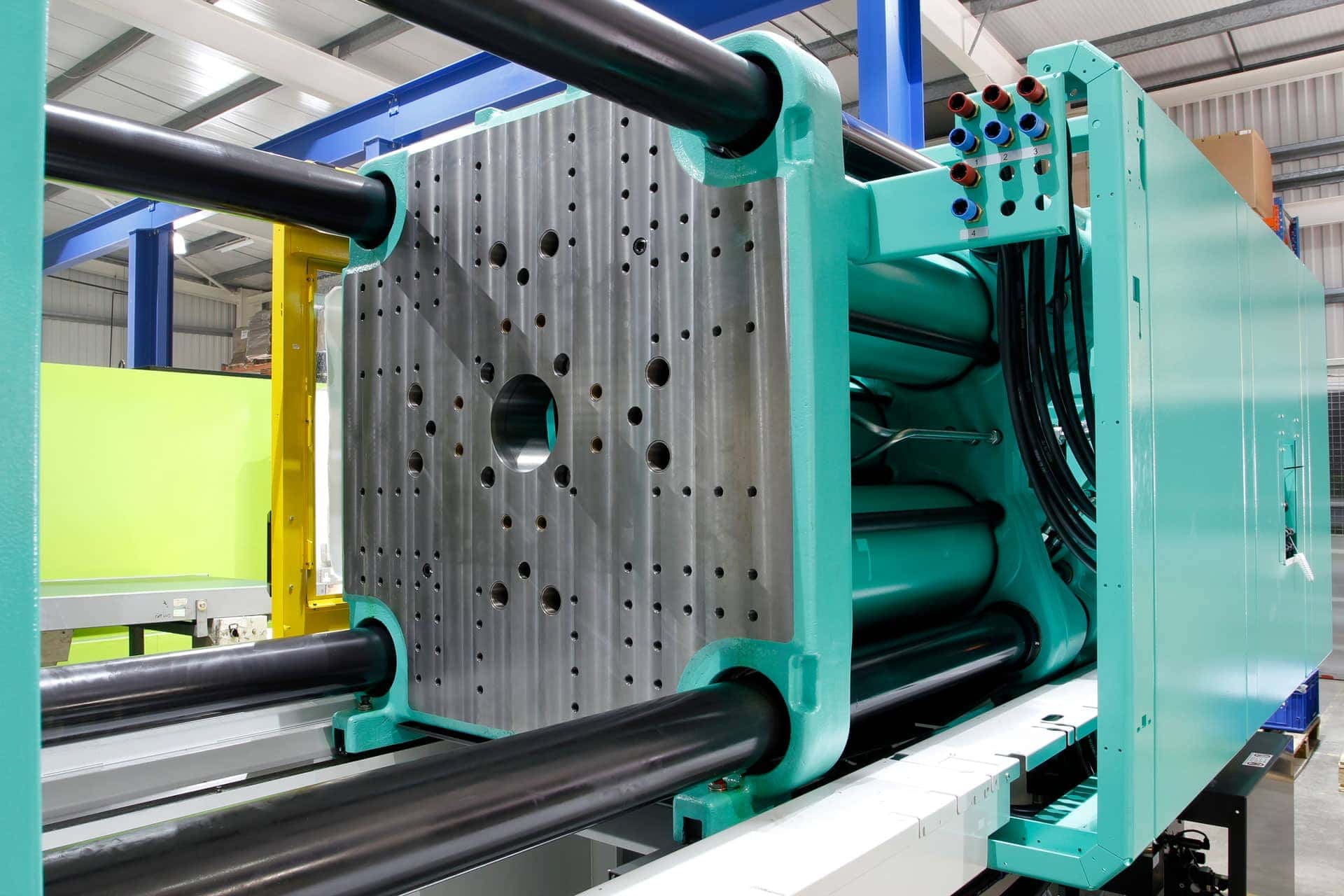Plastic Injection Molding: A Comprehensive Guide to Modern Production Techniques
Plastic Injection Molding: A Comprehensive Guide to Modern Production Techniques
Blog Article
Understanding the Fundamentals of Plastic Injection Molding Processes
Plastic shot molding serves as a cornerstone of modern production, giving a systematic strategy to generating complicated parts with precision. Exploring these important elements could reveal just how even small changes can lead to substantial enhancements in production outcomes, increasing inquiries about the possibility for advancement in this recognized process.
What Is Plastic Injection Molding?
Plastic injection molding is a widely used manufacturing procedure that transforms thermosetting and thermoplastic products right into precise and intricate shapes. This strategy is favored for its capacity to produce high quantities of similar get rid of outstanding accuracy, making it a vital technique in different industries, consisting of automotive, durable goods, and clinical devices.
The procedure entails melting the picked plastic product and injecting it right into a mold and mildew under high pressure. The mold, made to the specifications of the desired component, permits the molten plastic to materialize as it cools down and solidifies. Once the product has actually set, the mold is opened up, and the completed part is expelled.
Plastic shot molding provides several benefits, consisting of lowered waste, uniformity in production, and the capability to integrate complex designs that might be testing with other producing approaches. In addition, it supports a broad series of products, each giving unique residential properties that can be tailored for specific applications. As sectors continue to introduce, plastic shot molding continues to be at the center, allowing the growth of innovative items that satisfy progressing customer needs.
The Shot Molding Refine
The shot molding process is an advanced method that involves numerous crucial phases to create premium plastic elements. Plastic pellets are fed into a warmed barrel where they are melted into a thick fluid. This molten plastic is after that injected under high pressure right into a precision-engineered mold and mildew, which forms the material right into the wanted form.
When the mold is filled, the plastic is allowed to cool down and strengthen, taking the form of the mold and mildew dental caries. Cooling time is critical, as it influences the cycle time and the final properties of the molded component. After adequate air conditioning, the mold and mildew opens, and the finished part is expelled making use of ejector pins.

Products Used in Injection Molding
Different materials can be made use of in the injection molding procedure, each offering distinct residential or commercial properties that accommodate certain applications. The most generally utilized materials include thermoplastics, thermosetting plastics, and elastomers.

Thermosetting plastics, like epoxy and phenolic resins, undertake a chemical modification during the curing procedure, causing an inflexible, inflexible framework. These materials are ideal for applications needing high warmth resistance and architectural stability, usually made use of in vehicle components and electrical insulators.
Elastomers, including silicone and rubber-based materials, offer adaptability and durability. Their one-of-a-kind properties make them ideal for applications that require flexibility, such as gaskets and seals.
Furthermore, specialty products like bio-based plastics and compounds are getting grip for their ecological advantages and improved performance features, broadening the range of shot molding applications in numerous markets. Recognizing the residential or commercial properties of these materials is important for choosing the proper kind for particular tasks.
Advantages of Shot Molding
Shot molding sticks out as a highly effective production procedure that supplies various advantages for producing intricate components with accuracy. Among the most substantial benefits is the capacity to develop intricate layouts that would be difficult or tough to attain with various other techniques (Plastic Injection Molding). The process enables for tight tolerances and in-depth features, making sure high-quality components
Furthermore, shot molding is recognized for its quick production capacities, making it a suitable choice for high-volume production. When the mold and mildew is developed, components can be created quickly, minimizing lead times and enhancing overall productivity. This efficiency not just decreases manufacturing expenses however also supplies an one-upmanship in the marketplace.
The convenience of products used in injection molding even more boosts its appeal. A broad range of thermoplastics and thermosetting polymers can be utilized, enabling manufacturers to choose materials that ideal satisfy their certain demands, consisting of stamina, adaptability, and warm resistance.
In addition, the process reduces waste, as excess product can often be recycled and recycled. This sustainability aspect contributes to a decreased environmental impact, making injection molding a responsible manufacturing option. Generally, the benefits of shot molding make it a favored approach for lots of industries.
Variables Influencing Product Top Quality
While many factors can influence product quality in shot molding, comprehending these elements is crucial for achieving optimal outcomes. Secret facets include material choice, processing parameters, and mold and article mildew style.
Product option plays an important function, as various polymers exhibit unique homes that influence flowability, toughness, and thermal security. Poor material choice can lead to flaws such as bending or insufficient filling.
Processing criteria, consisting of cycle, pressure, and temperature level time, have to be carefully controlled. Variants in these settings can result in variances in component dimensions and surface coating. For instance, exceedingly high temperature levels may trigger destruction of the polymer, while insufficient pressure can result in short shots.
Mold design is equally crucial, as it figures out the circulation of the molten plastic and the cooling process. Badly made molds might result in uneven cooling prices, resulting in recurring stress and anxieties and dimensional inaccuracies.

Final Thought
To conclude, plastic shot molding functions as a crucial manufacturing process that enables Bonuses the effective production of premium elements. Mastery of the shot molding process, including the understanding of materials and the impact of numerous aspects on item top quality, is crucial for achieving optimum outcomes. The advantages of this method, such as cost-effectiveness and design flexibility, further highlight its significance across several markets, solidifying its status as a recommended choice for high-volume manufacturing.
Plastic shot molding serves as a foundation of modern-day manufacturing, giving a systematic method to generating complicated elements with accuracy.Plastic shot molding offers several benefits, including reduced waste, uniformity in manufacturing, and click for info the capability to include complex designs that may be challenging with various other producing methods (Plastic Injection Molding). As markets proceed to innovate, plastic shot molding remains at the leading edge, enabling the growth of advanced items that fulfill evolving customer needs
The injection molding procedure is an innovative strategy that involves numerous key stages to produce high-grade plastic elements.In verdict, plastic injection molding serves as an important manufacturing process that makes it possible for the effective production of high-grade components.
Report this page